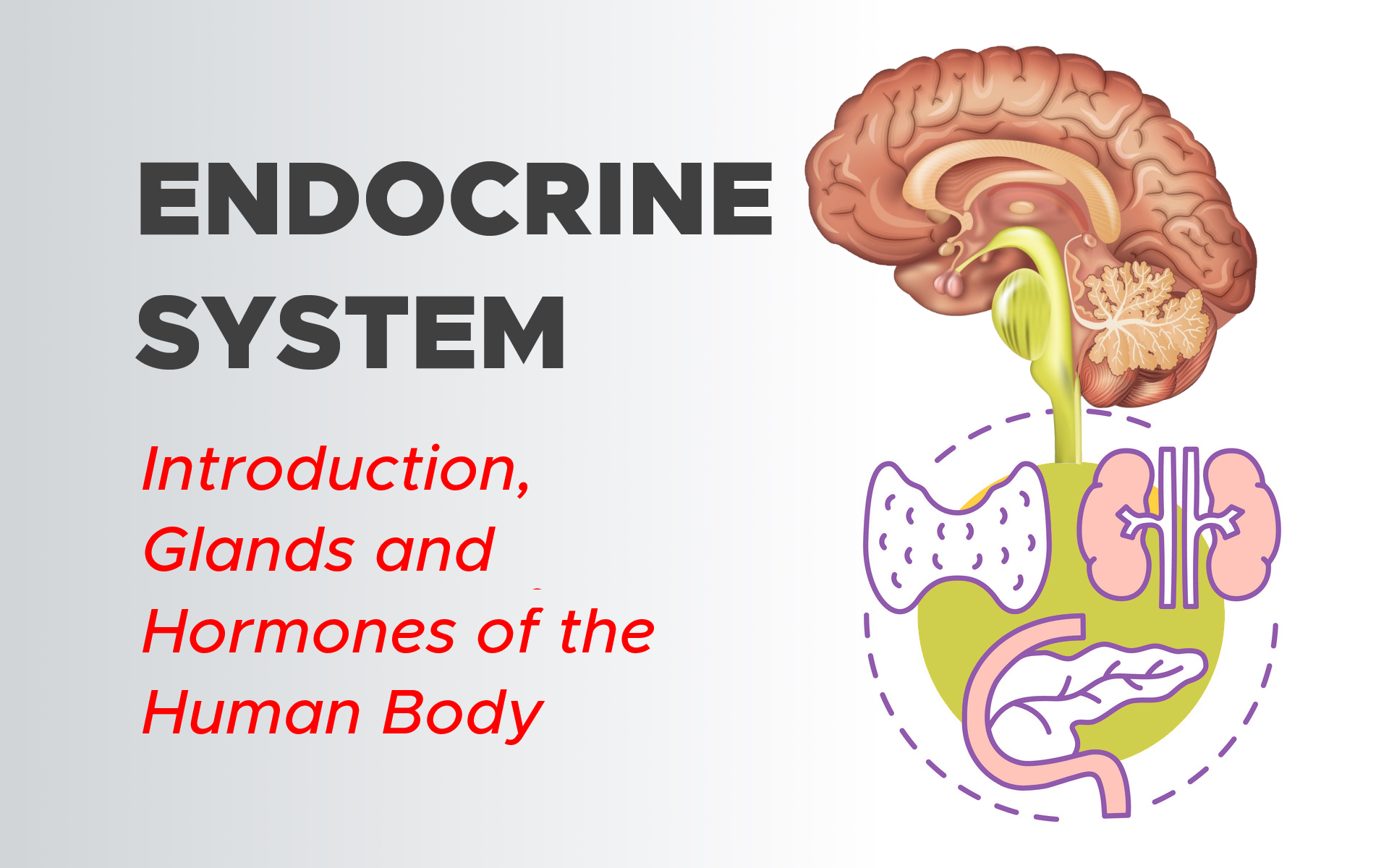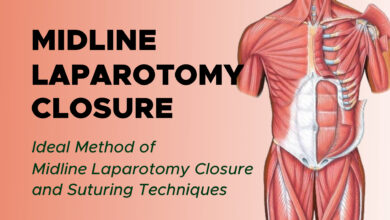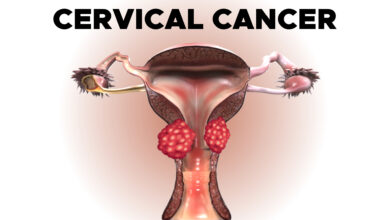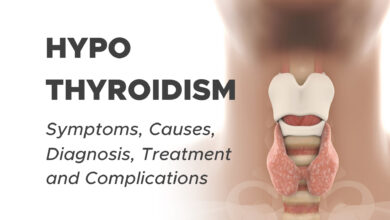
Introduction to the Endocrine System
The endocrine system, along with the nervous system, functions in the regulation of body activities. The nervous system acts through electrical impulses and neurotransmitters to cause muscle contraction and glandular secretion. The effect is of short duration, measured in seconds, and localized.
The endocrine system acts through chemical messengers called hormones that influence growth, development, and metabolic activities. The action of the endocrine system is measured in minutes, hours, or weeks and is more generalized than the action of the nervous system.
There are two major categories of glands in the body – exocrine and endocrine.
a. Exocrine Glands
Exocrine glands have ducts that carry their secretory product to a surface. These glands include the sweat, sebaceous, and mammary glands and, the glands that secrete digestive enzymes.
b. Endocrine Glands
The endocrine glands do not have ducts to carry their product to a surface. They are called ductless glands. The word endocrine is derived from the Greek terms “endo,” meaning within, and “krine,” meaning to separate or secrete.
The secretory products of endocrine glands are called hormones and are secreted directly into the blood and then carried throughout the body where they influence only those cells that have receptor sites for that hormone.
Characteristics of Hormones
a. Chemical Nature of Hormones
Chemically, hormones may be classified as either proteins or steroids. All of the hormones in the human body, except the sex hormones and those from the adrenal cortex, are proteins or protein derivatives.
b. Mechanism of Hormone
Action Hormones are carried by the blood throughout the entire body, yet they affect only certain cells. The specific cells that respond to a given hormone have receptor sites for that hormone. This is sort of a lock-and-key mechanism. If the key fits the lock, then the door will open.

If a hormone fits the receptor site, then there will be an effect. If a hormone and a receptor site do not match, then there is no reaction. All the cells that have receptor sites for a given hormone make up the target tissue for that hormone. In some cases, the target tissue is localized in a single gland or organ.
In other cases, the target tissue is diffuse and scattered throughout the body so that many areas are affected. Hormones bring about their characteristic effects on target cells by modifying cellular activity.
Protein hormones react with receptors on the surface of the cell, and the sequence of events that results in hormone action is relatively rapid. Steroid hormones typically react with receptor sites inside a cell. Because this method of action actually involves synthesis of proteins, it is relatively slow.
c. Control of Hormone Action
Hormones are very potent substances, which means that very small amounts of a hormone may have profound effects on metabolic processes. Because of their potency, hormone secretion must be regulated within very narrow limits in order to maintain homeostasis in the body.
Many hormones are controlled by some form of a negative feedback mechanism. In this type of system, a gland is sensitive to the concentration of a substance that it regulates. A negative feedback system causes a reversal of increases and decreases in body conditions in order to maintain a state of stability or homeostasis.
Some endocrine glands secrete hormones in response to other hormones. The hormones that cause secretion of other hormones are called tropic hormones.
A hormone from gland A causes gland B to secrete its hormone. A third method of regulating hormone secretion is by direct nervous stimulation. A nerve stimulus causes gland A to secrete its hormone.
Endocrine Glands and Their Hormones
The endocrine system is made up of the endocrine glands that secrete hormones. Although there are eight major endocrine glands scattered throughout the body, they are still considered to be one system because they have similar functions, similar mechanisms of influence, and many important interrelationships.
Some glands also have non-endocrine regions that have functions other than hormone secretion. For example, the pancreas has a major exocrine portion that secretes digestive enzymes and an endocrine portion that secretes hormones.
The ovaries and testes secrete hormones and also produce the ovum and sperm. Some organs, such as the stomach, intestines, and heart, produce hormones, but their primary function is not hormone secretion.



